Individuals incarcerated within maximum-security prisons often describe them as hell on earth. So how would having a seminary, a school specifically for preparing individuals to be ministers and other religious teachers, planted in the middle of the largest maximum-security prison in the country affect the prisoners?
That’s the question that Michael Hallett, professor of Criminology and Criminal Justice at UNF, and his co-authors sought to answer in their book Angola Prison Seminary: Effects of Faith-Based Ministry on Identity Transformation, Desistance, and Rehabilitation. “The book is about the planting of a Christian seminary inside America’s largest maximum-security prison, Louisiana State Penitentiary, also known as Angola,” Hallett said.
The name Angola stems from the prison being located on land that was previously a slave plantation of the same name due to the slaves on the plantation coming primarily from the country of Angola. Established in 1901, Angola currently has facilities to house 6,300 prisoners and 1,800 staff on the 18,000 acres.
“Angola is the largest and arguably the toughest prison in America, because it’s the prison in America that has the longest sentences imposed upon its inmates,” Hallett said. “Ninety percent of inmates sent to Angola will die at the prison.”
So why would a seminary be established in a prison where 90 percent of the inmates will never be released? Hallett described how in 1994 a law passed that revoked Pell grants for prisoners. This took away one of the only sources of education that the inmates at Angola had, and also took away a major incentive that warden Burl Cain had used to ensure good behavior. So Cain approached the staff of New Orleans Baptist Theological Seminary (NOBTS) about offering college level classes to the inmates for free.
Upon learning that the inmates already ran their own church services and bible studies, the staff of NOBTS decided to establish a seminary inside of the prison rather than simply offer a few classes.so The Inmate Minister Program was created in 1995, with 85 inmate-ministers leading church-related activities and provided counseling to prisoners. “There’s a pretty well-documented of antagonism there, between security staff and the administration that wanted to implement the seminary. But I think over time they came to see the good in the seminary and today the seminary at Angola is a commonly accepted fact of life.”
The study leading to Hallett’s book was the largest study of religion in prisons ever. The study took three years and involved hundreds of hours of personal interviews with inmates of the prison as well as a survey of 2,200 others. Hallett himself spent roughly three months on-site at Angola, including multiple overnight stays. He was unaware of the study prior to being approached by Byron Johnson about being the lead author. Johnson is the Director at the Baylor Institute for Studies of Religion, where Hallett is a non-resident scholar.
“In terms of Angola and my involvement and eventually leading the program at Angola, that was pure luck, happenstance, it was a God thing,” said Hallett of how he became involved in the project.
Once he became involved in the study, Hallett said that the correlation between prior victimization and becoming an offender was more evident than he previously believed. He also believes seminary programs like the one at Angola could be the shift that many prisoners need to rehabilitate. The current prison recidivism rate is 70 percent, but Hallett saw many cases of what he calls “identity transformation” among inmates involved in the Inmate Minster Program. This involves inmates looking at who they were before they came to Angola, who they have become inside of Angola, and who they want to be going forward. Similar programs have been established in 13 states, including Hardee Correctional Facility in Florida.
“It’s becoming a movement I would say,” Hallett said of prison seminary programs.
Stop by the Lufrano Gallery at 5 p.m on Thursday, Nov. 10 to hear Hallett talk about his experiences during the study and learn more about the book for yourself.
—
For more information or news tips, or if you see an error in this story or have any compliments or concerns, contact [email protected].



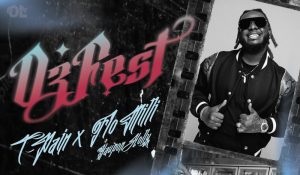
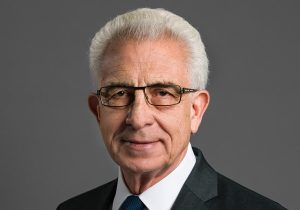

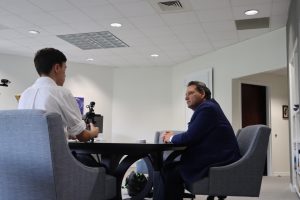

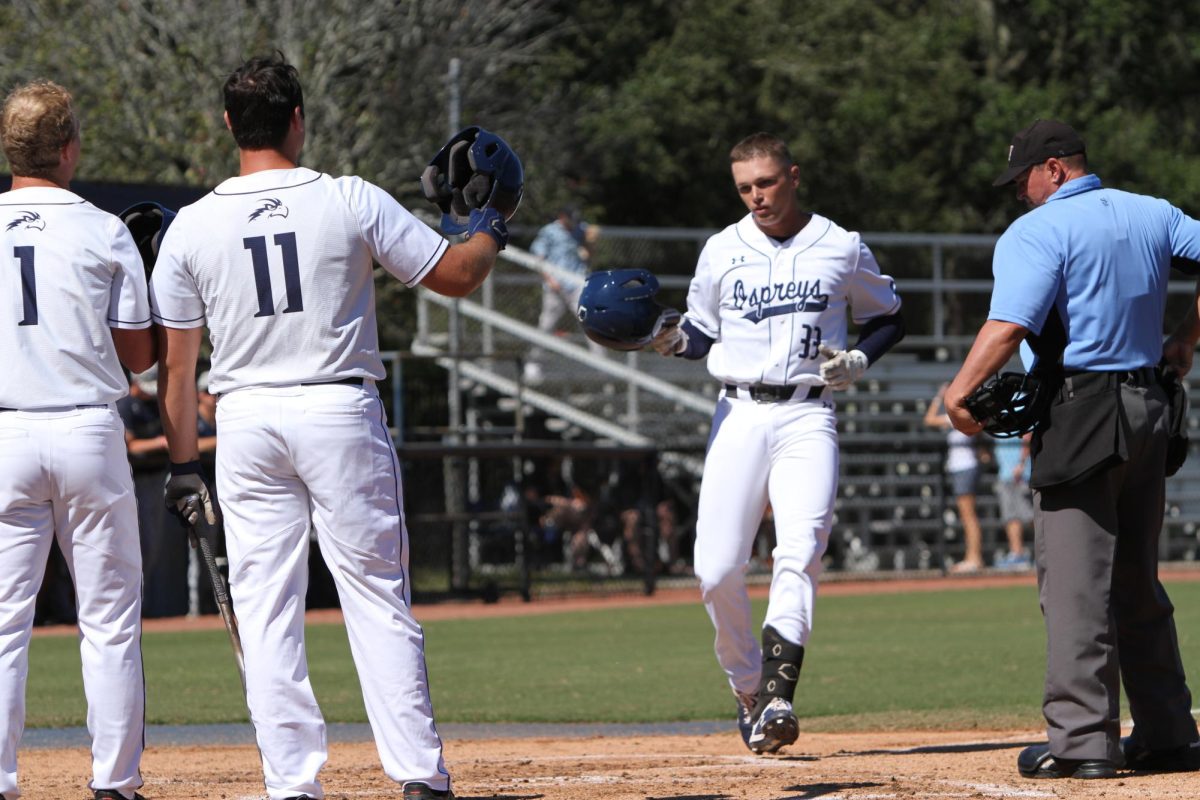

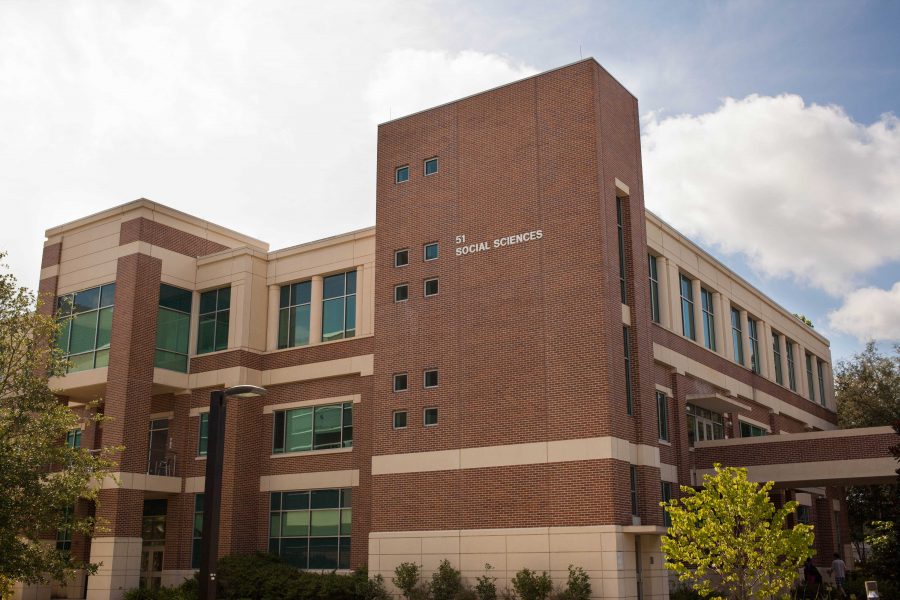
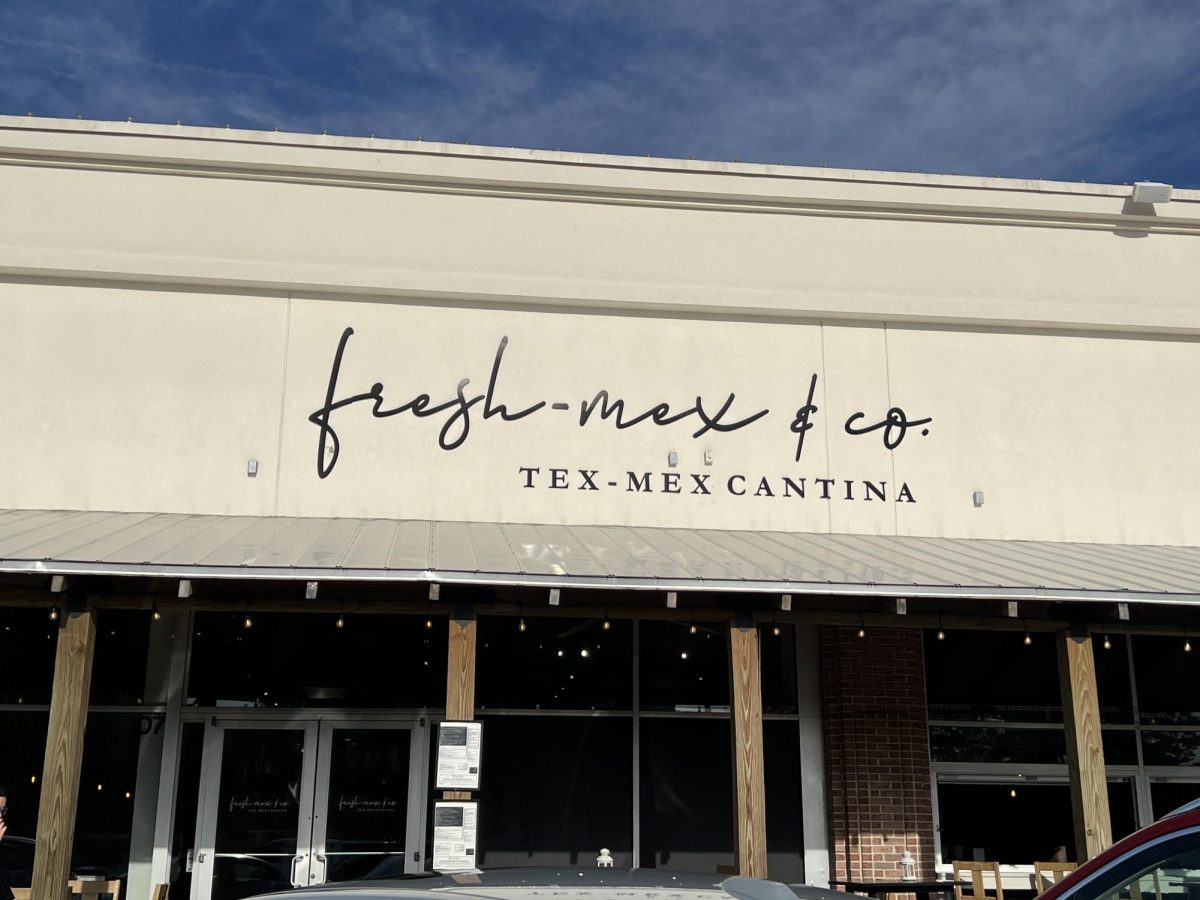



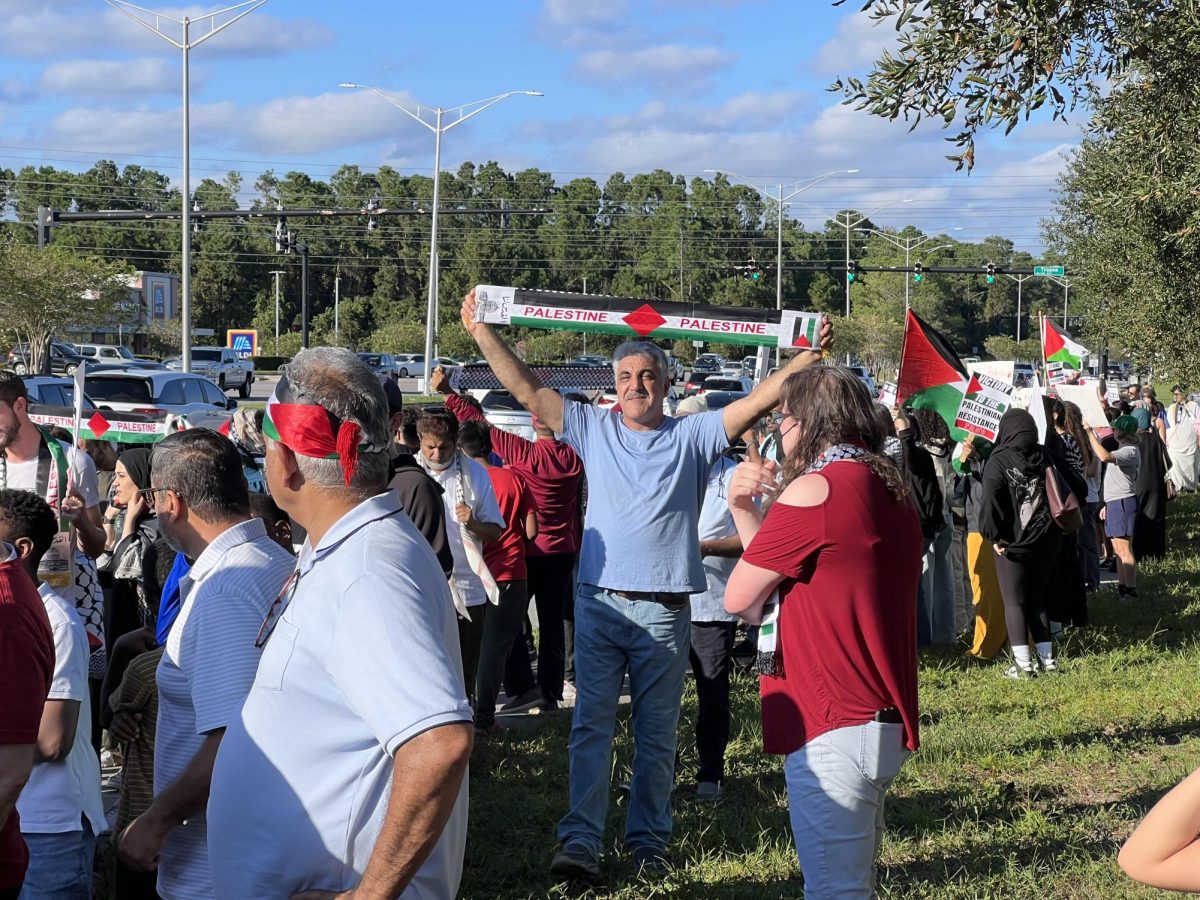
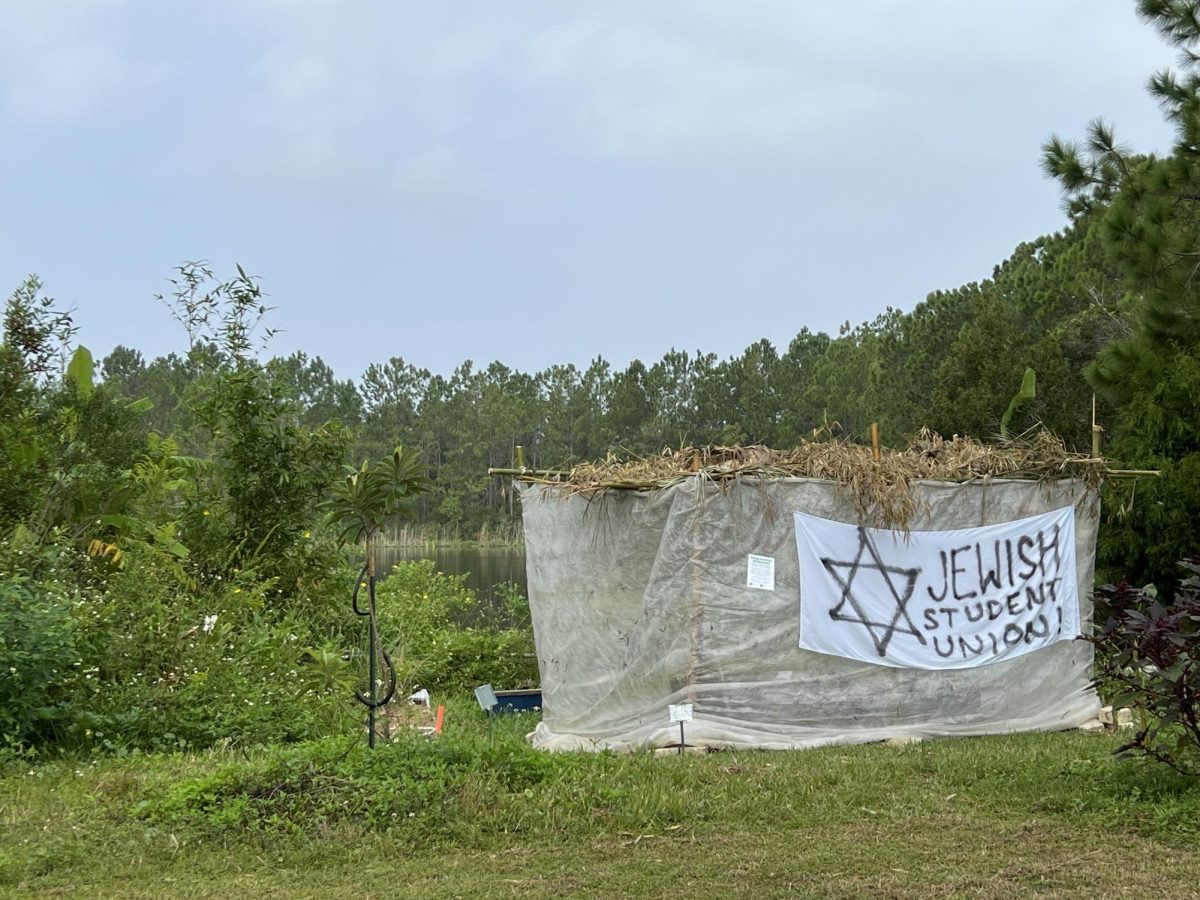
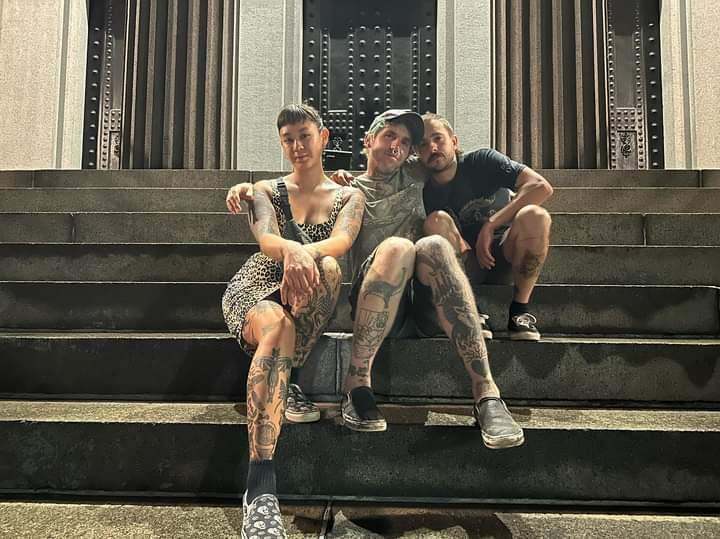

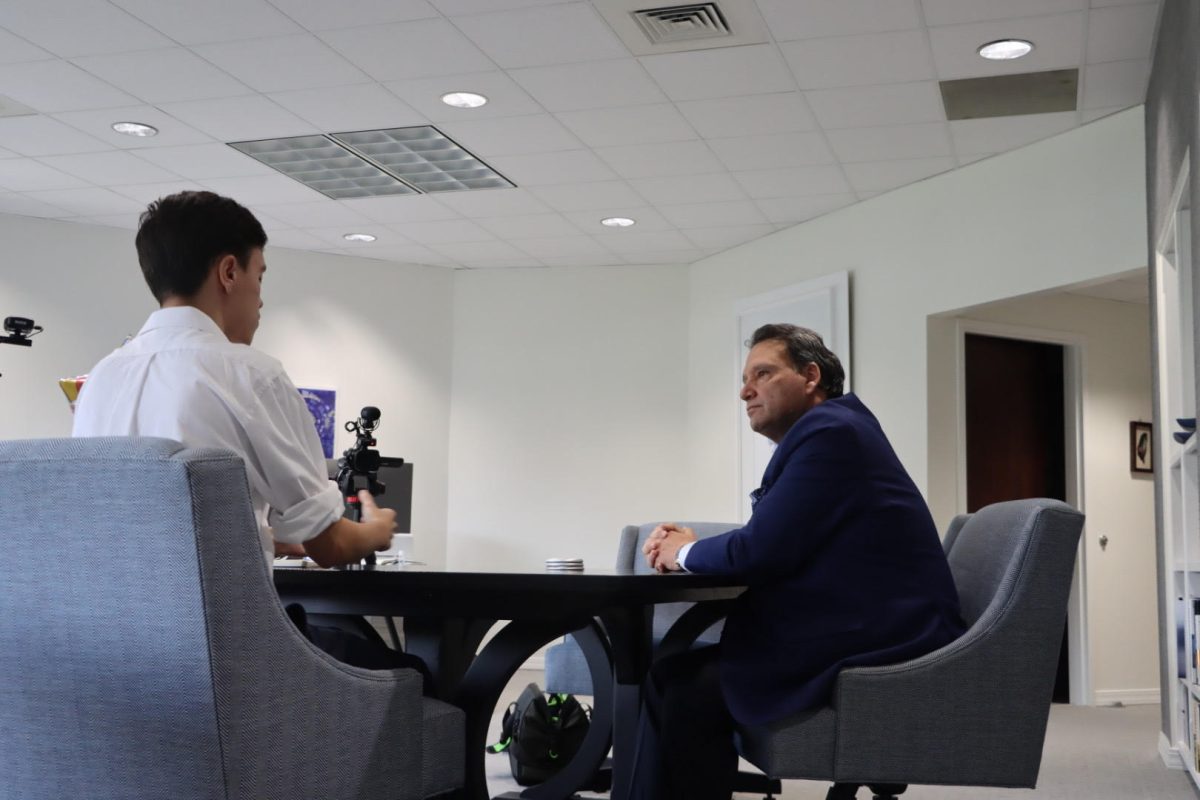
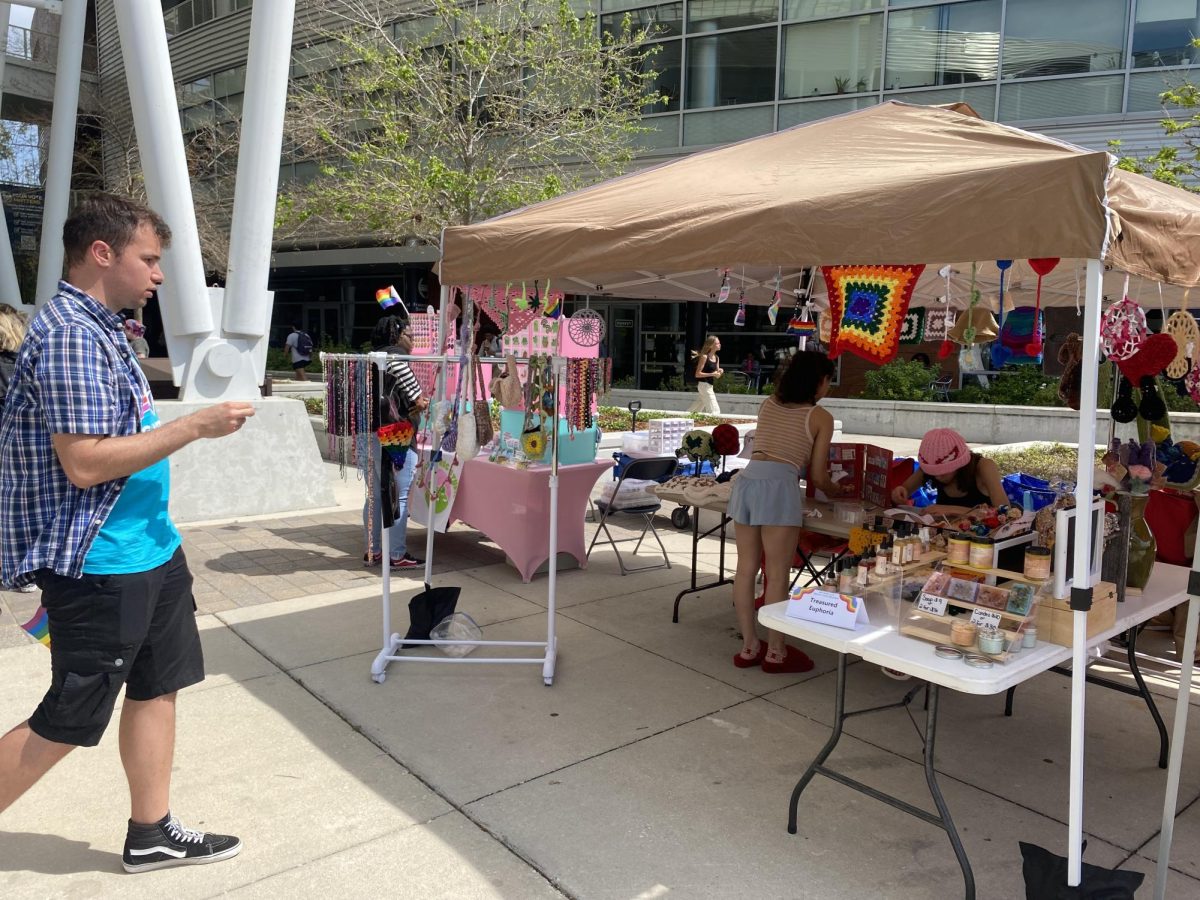



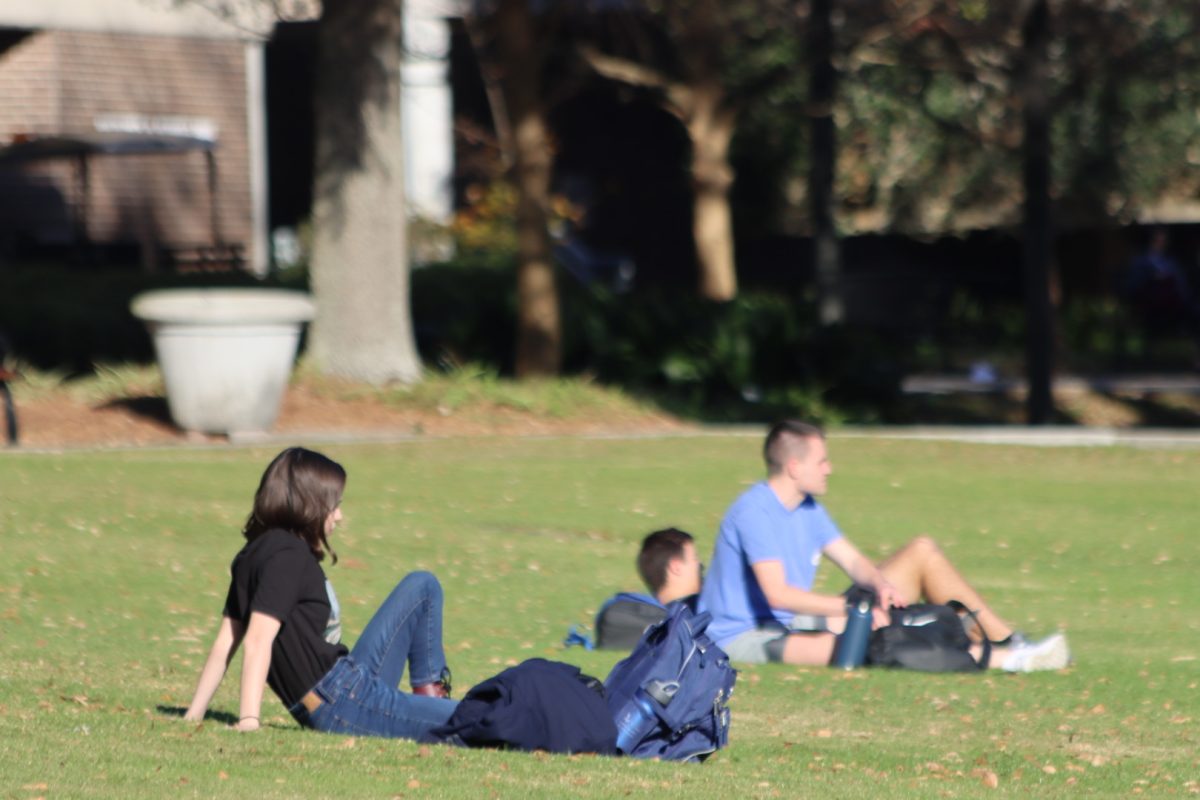

Tracy • Nov 10, 2016 at 5:43 pm
Well done! Informative and interesting.